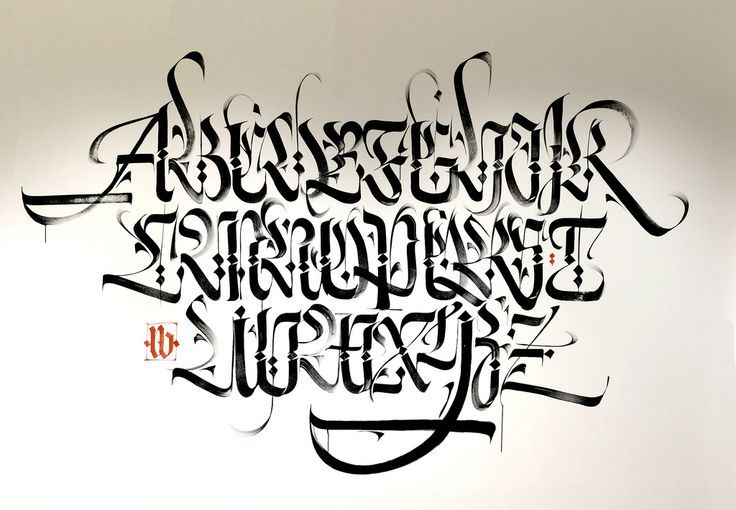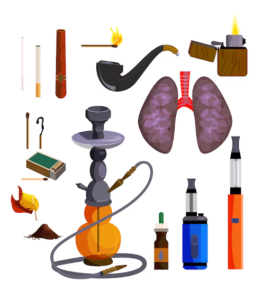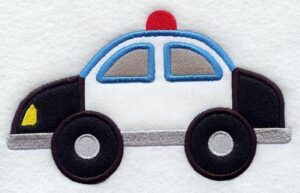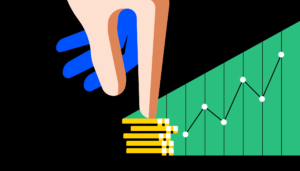
Calligraphy Art
The traditional art of UAE reflects the country’s deep-rooted history, culture, and Islamic heritage. From intricate calligraphy to mesmerizing geometric patterns, Emirati art embodies a perfect blend of tradition and modernity. The UAE calligraphy tradition, in particular, holds immense significance as it intertwines language, spirituality, and artistic expression.
This guide explores various forms of traditional art of UAE, the evolution of UAE calligraphy, and its influence on contemporary art.
The Evolution of Traditional Art in the UAE
The artistic heritage of the UAE dates back centuries, influenced by Islamic traditions, Bedouin lifestyles, and Arab aesthetics. The major categories of traditional art of UAE include:
1. Arabic Calligraphy
-
A revered art form that beautifies mosques, manuscripts, and public spaces.
-
Used to write Quranic verses and poetic inscriptions.
2. Geometric and Floral Patterns
-
Common in Islamic architecture and interior design.
-
Reflects symmetry, balance, and precision in art.
3. Henna Art
-
Traditional body art used in celebrations and religious events.
-
Features floral and geometric designs.
4. Al Sadu Weaving
-
An ancient textile weaving technique practiced by Bedouin women.
-
Recognized as an Intangible Cultural Heritage by UNESCO.
5. Pottery and Ceramics
-
Historically used for cooking and storage, featuring intricate Emirati patterns.
The Significance of UAE Calligraphy
The UAE calligraphy tradition is an integral part of Islamic and Arabic art. Calligraphy is more than just writing; it represents spirituality, beauty, and cultural identity.
1. Arabic Calligraphy in the UAE
-
The UAE has played a crucial role in preserving and promoting Arabic calligraphy.
-
Used extensively in architectural designs, paintings, and manuscripts.
2. Types of Arabic Calligraphy in the UAE
a) Kufic Calligraphy
-
One of the oldest forms, characterized by angular, geometric shapes.
-
Commonly found in Quranic inscriptions and mosque decorations.
b) Naskh Calligraphy
-
Known for its readability and fluidity, often used in books and official texts.
c) Thuluth Calligraphy
-
Famous for its elongated, curved letters and decorative style.
d) Diwani Calligraphy
-
Used in Ottoman and Arabic script for formal documents and artistic expressions.
The Role of UAE Calligraphy in Contemporary Art
Modern artists in the UAE incorporate UAE calligraphy into contemporary designs, blending tradition with innovation.
1. Calligraphy in Architecture
-
Calligraphy is featured in mosque interiors, skyscrapers, and public monuments.
2. Calligraphy in Digital Art
-
Digital tools have transformed traditional calligraphy into modern masterpieces.
3. Calligraphy in Fashion and Design
-
Many designers integrate calligraphic elements into clothing, jewelry, and accessories.
Famous Traditional Art Forms of UAE
1. Al-Ayyala Dance
-
A traditional Emirati performance symbolizing unity and strength.
2. Pearl Jewelry Making
-
Reflects the UAE’s historical connection to pearl diving.
3. Sand Art and Glass Blowing
-
Artistic expressions created using the region’s natural resources.
Influence of Islamic Art on the Traditional Art of UAE
Islamic art plays a dominant role in shaping the traditional art of UAE. Features of Islamic art include:
-
Calligraphy as a visual expression of faith.
-
Geometric Patterns symbolizing harmony and eternity.
-
Arabesque Motifs representing nature and spirituality.
Preservation of Traditional Art in UAE
The UAE government and cultural institutions actively promote and preserve traditional art of UAE through:
-
Art festivals and exhibitions showcasing Emirati craftsmanship.
-
Calligraphy workshops to train new generations.
-
Museums and cultural centers dedicated to preserving artistic heritage.
20 Frequently Asked Questions (FAQs)
1. What is the significance of traditional art in the UAE?
The traditional art of UAE represents the country’s rich heritage, Islamic influence, and cultural identity.
2. Why is Arabic calligraphy important in UAE art?
UAE calligraphy preserves the Arabic language and serves as a spiritual and artistic medium.
3. What are the different types of calligraphy in the UAE?
Common types include Kufic, Naskh, Thuluth, and Diwani calligraphy.
4. How is calligraphy used in UAE architecture?
It is used to decorate mosques, government buildings, and public spaces.
5. What is the role of geometric patterns in Emirati art?
They represent balance, unity, and mathematical precision in Islamic art.
6. Is calligraphy still practiced in the UAE today?
Yes, UAE calligraphy is thriving in modern and digital art forms.
7. What is Al Sadu weaving?
A traditional textile weaving technique practiced by Emirati women.
8. How does henna art contribute to UAE traditions?
Henna designs are an essential part of celebrations and cultural identity.
9. What materials are used in traditional pottery in the UAE?
Clay, sand, and minerals from the region are used to create ceramics.
10. What is the importance of pearl jewelry in UAE culture?
Pearl diving was historically significant for the UAE’s economy and heritage.
11. What are the main influences on UAE art?
Islamic traditions, Bedouin culture, and regional aesthetics.
12. How does the UAE promote its traditional art?
Through museums, exhibitions, and cultural heritage programs.
13. Can I learn Arabic calligraphy in the UAE?
Yes, many cultural centers offer UAE calligraphy courses.
14. What is the history of Islamic art in the UAE?
Islamic art in the UAE dates back centuries and is deeply connected to Arabic culture.
15. How does UAE calligraphy influence modern design?
It is used in digital art, fashion, and contemporary architecture.
16. What are the most famous calligraphy artists in the UAE?
Many local and international artists contribute to the UAE calligraphy scene.
17. What are the main characteristics of Islamic art in the UAE?
Calligraphy, geometric patterns, and arabesque motifs.
18. What role does storytelling play in UAE art?
Traditional art often incorporates stories from history and folklore.
19. How is digital technology transforming Arabic calligraphy?
Artists use digital tools to create modern calligraphy-inspired artworks.
20. Where can I see traditional art in the UAE?
Museums, cultural festivals, and heritage villages showcase Emirati art.
Conclusion
The traditional art of UAE and UAE calligraphy continue to thrive as essential elements of Emirati heritage. Through calligraphy, geometric designs, and handcrafted artworks, the UAE preserves its rich artistic legacy while embracing modern innovations.





